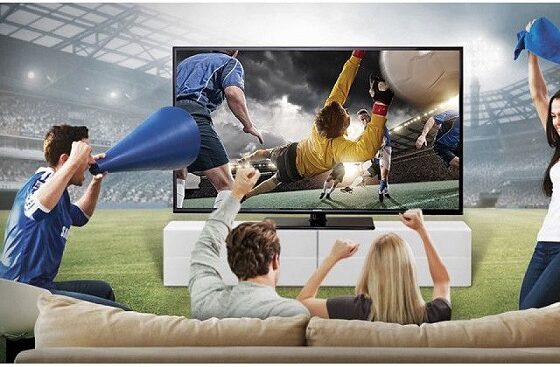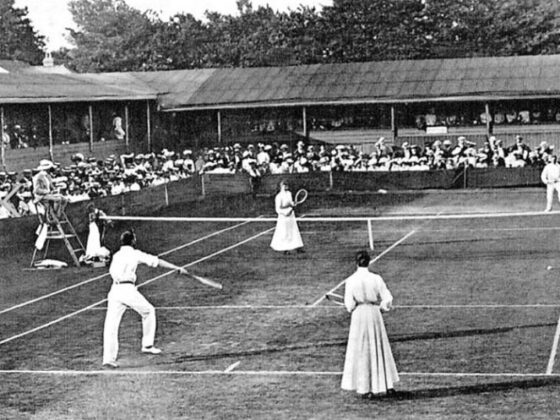Independent installation of electrical wiring in the apartment is not as difficult as it might seem at first glance. The difficulty can only be the need to apply a sufficiently large amount of physical efforts. The scheme itself and the rules of the conduct are nothing complicated. To begin with a little theory.
All electrical appliances and electronics in the apartment work from a network with a voltage of 220 volts. Household appliances are connected to it using two conductors – zero and phase. To bring the first, a blue wire is used, the voltage in which is absent. For the phase, white or brown. This wire is energized.
Zero in the schemes is marked with the letter N, phase – l. Both of these wires should be connected to the outlet. When any electrical appliance is included in it, through it, current begins to go from one of these poles to another, forcing it to work. Some houses have the possibility of connecting the third wire – grounding, which allows to ensure security in the event of a short circuit.
Before starting electrical work in the apartment, it is necessary to draw up an action plan on paper. At the same time, you need to think about where there will be sockets, switches, incandescent lamps, LED lamps, etc.D. After the scheme is ready, they begin to prepare the recesses for switches and sockets. They are made by a special milling cutter, which is inserted into a perforator.
Then the handouts are mounted. They contain points of connection and branching of wires. It is not recommended that these parts of the wiring are to grow into the wall, since all the malfunctions occur in a greater extent in these places, and it is inappropriate to hammer each time the wall if necessary.
The wiring itself in the apartment can be carried out in 2 ways-either to mate it into the wall, or use a special cable channel. In the first case, you will have to post the wall, that is, lay grooves for wires in it. This is a very laborious and long process. When using cable channels, everything is much easier. They are attached to the wall with self -tapping screws with a step of 1 meter.
Sockets and circuit breakers are inserted into the wall using sloppy legs. But before that, of course, they need to connect the wires. Moreover, it is best to connect the phase and zero in all sockets on the same sides. Suppose the first on the right, the second on the left. When the lamps are connected through the switch, the phase must pass, zero is connected directly.









